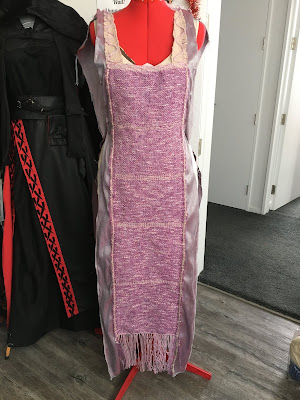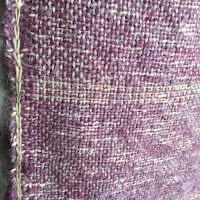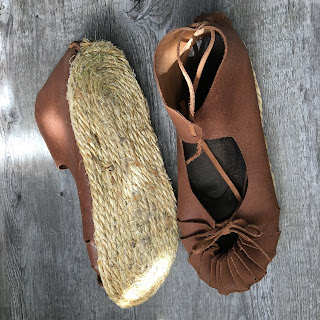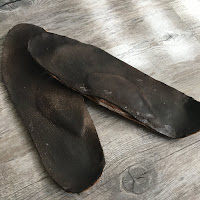Category: An accessory your persona may have owned, made, used, or gifted. “With scarfs, and fans, and double change of bravery, With amber bracelets, beads, and all this knavery.”
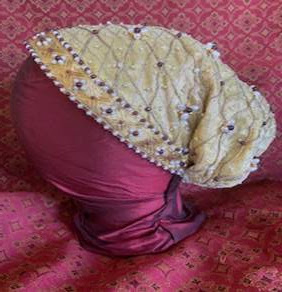
Persona period inspiration and use:
Goldhaubes were the coifs / “hairnets” worn by women of the 16th C Saxon court. The dowry of Magdalene of Saxony lists a number of haubes, most with pearls and some with metal ornaments, or spangles. At least one of these haubes was noted as having been made by Magdalene’s mother, the Duchess, so this could be a project that a noble woman might make for herself or for a family member or friend.Christian is not fond of hats and headwear, but finds these haubes are generally the least annoying appropriate hair covering.
This haube is intended to match an under-construction red velvet gown with guards of yellow and white silk brocade.
Design, Materials and Construction:
These haubes were variously constructed, some appear to be made from embroidered or patterned fabric, some from cords knotted or constructed into a net; illustrations suggest that these were less likely to be made using more traditional hair-netting techniques like sprang, however men in this period wore “hairnets” which do seem to be made more often in those techniques. Haubes were usually made of gold cords and/or narrow wares, or gold fabrics, often patterned in black; and were usually embellished with pearls, spangles and other ornaments.
Materials: gold metal-thread net fabric, lined with silk, pearls of two colours, garnets, metal thread, and gold cord. The haube is lined with fine bright yellow silk to both ensure the haube more closely tones with the brocade of the gown’s brocade, and to hide “fake” hair used to imitate haristyles of the period.
Construction: the fabric was embellished with pearls, cords, and semiprecious stones; lined with silk, and attached to a decorative band also decorated with pearls and garnets.
Reference:
- 1526 Nürnberg wedding record: H. Doege, “Das von Questzische Hochzeistbüchlein, 1526”, Waffen und Kostümkunde, 1922.
- Schulordnungen, schulbücher, und pädagogische miscellaneen aus den landen deutscher zunge: Im auftrage der Gesellschaft für deutsche erziehungs- und schulgeschichte, Band 34. Translated here: https://jillwheezul.livejournal.com/tag/magdalena%20of%20saxony
- Goldhaubes in Textiler Hausrat, Kleidung und Textilien von Nurnberg, 1500 – 1650 by Jutta Zander-Seidel, p.119-125.



